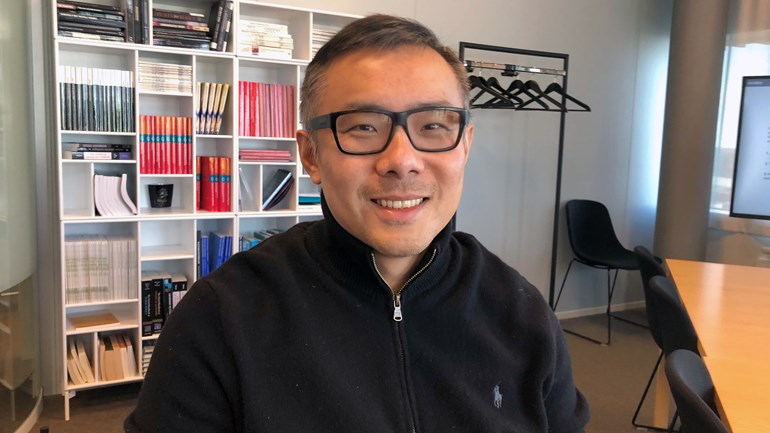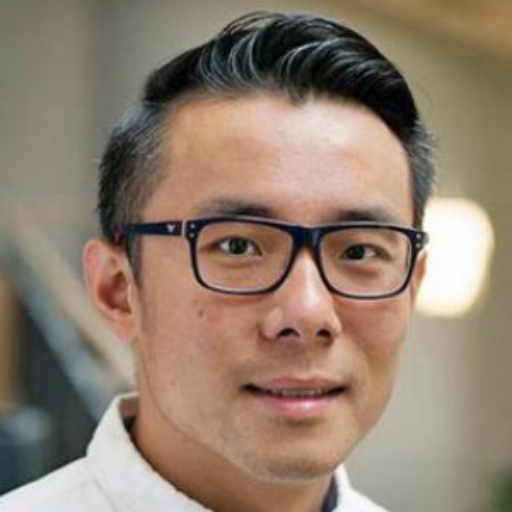We use cookies on this website. Cookies help us deliver the best experience on our website. Read about cookies.
-
- Education
- Education
- Programmes and courses
- Applications and admissions
- Tuition fees
- Scholarships
- Exchange studies at Malmö University
- Study Guidance
-
- After admission
- After admission
- Moving to Malmö
- Pre-orientation
- Arrival guide
-
- About studies at Malmö University
- About studies at Malmö University
- Why choose Malmö University
- Understanding university studies
- Connect with our students
On the page -
- Research
- Research
-
- Doctoral studies
- Doctoral studies
- Doctoral courses
-
- Doctoral schools
- Doctoral schools
- Adaptation of urban space through sustainable regeneration
- ComBine
- Culturally Empowering Education through Language and Literature
- Education, Learning and Globalisation
- Finding ways in a time of great future challenges (FinnFram)
- Swedish National Graduate School in Science and Technology Education Research
- Learning in Multicultural Societal Contexts
- Pedagogy and Vocational Skills
- Relevancing Mathematics and Science Education (RelMaS)
- Sustainable Movement Education
- The National Research School for Professionals in Social Services
- Research subjects
-
- Research centres
- Research centres
- Biofilms Research Centre for Biointerfaces
- Citizen Health
- Imagining and Co-Creating Futures
- Institute for Urban Research
- Malmö Institute for Migration Studies
- Literacy and Inclusive Teaching
- Centre for Work Life Studies
- Sustainable Digitalisation Research Centre
- Centre for Sexology and Sexuality Studies
-
- Research publications
- Research publications
- Search publications
- Malmö University Press
- Research events
- Participate in a research study
- Coffee Break Quiz
On the page -
- Collaboration and Innovation
- Collaboration and Innovation
- Innovation
- Collaboration with students
-
- Collaborate with researchers
- Collaborate with researchers
- Labs and facilities
- Culture collaboration
- Support Malmö University
- Alumni & Friends
On the page -
- About us
- About us
-
- Faculties and departments
- Faculties and departments
-
- Faculty of Culture and Society
- Faculty of Culture and Society
- Department of Global Political Studies
- School of Arts and Communication
- Department of Urban Studies
-
- Faculty of Education and Society
- Faculty of Education and Society
- Department of Childhood, Education and Society
- Department of Sports Sciences
- Department of Culture, Languages and Media
- Department of Natural Science, Mathematics and Society
- Department of Society, Culture and Identity
- Department of School Development and Leadership
-
- Faculty of Technology and Society
- Faculty of Technology and Society
- Department of Computer Science and Media Technology
- Department of Materials Science and Applied Mathematics
-
- Faculty of Odontology
- Faculty of Odontology
- Master's programmes in Dental Science
- University Dental Clinic
-
- Find and contact Malmö University
- Find and contact Malmö University
- Visit Malmö University
-
- News and press
- News and press
- Graphic manual
- Map of the buildings (Google Maps)
- Merchandise
- Supplier information and invoice management
- Whistleblowing
- Management and decision-making paths
-
- Malmö University's strategy 2030
- Malmö University's strategy 2030
- Global engagement
- Sustainability
- Widened recruitment and participation
- Quality assurance work at the University
-
- Malmö Academic Choir and Orchestra
- Malmö Academic Choir and Orchestra
- Student work – video pieces
-
- Annual Academic Celebration
- Annual Academic Celebration
- Academic traditions
- Meet our new professors
- Meet our new doctors
- Honorary doctors
- The University in a troubled world
On the page
New model to better anticipate refugee patterns

More sources and unconventional data can make it better to predict and calculate refugee flows and researchers at Malmö University have helped develop a model that can be applied at both national and local levels.
The starting point for the research has been to understand the factors that trigger migration flows to Europe, such as economic conditions, conflicts, and climate factors. These drivers are then fed into a statistical model to predict changes in the near future.
Now we have a basis to better predict future patterns and to make more evidence-based decisions.
Haodong Qi
Based on traditional population data from Eurostat and World Development Indicators, the researchers’ HuMingBird project also incorporates more unconventional data into the model. These include satellite monitoring of the climate or data from the Uppsala Conflict Data Program (UCDP), and a research programme that collects data on organised violence. Another source is Google Trends, that is, online search trends that may show a particular interest in, for example, Sweden in Iraq, Syria or any other country.
“We find correlations between trends in online searches and migration flows,” says Haodong Qi , a researcher at the Department of Global Policy Studies.
According to Qi, this data fills a gap that official statistics do not cover. Climate factors that come into play include floods, droughts, and harvesting conditions.
“There are two types of climate factors: sudden disasters and slower scenarios," says Qi.
Together with a research colleague in Brussels, Qi has developed the Flow Specific Tempro Gravity model, which provides a better basis for future calculations. In particular, they are currently studying how climate affects the migration of people from individual districts in Somalia to the EU.
“The older models could not predict the refugee flows in 2016. Now we have a basis to better predict future patterns and to make more evidence-based decisions.”
The mechanisms behind migration are dynamic. Qi emphasises that there are other refined models already in use, and that what we can say now is based on past events. If new patterns emerge, the model needs to be updated.
“Of course, we can't say 100 per cent that it will be a certain way. We develop tools for evidence-based decision-making, but then it has to be used in the real world, and then politicians have to act and agree on appropriate action," adds Qi.
Text: Magnus Jando & Adrian Grist
Share Article
